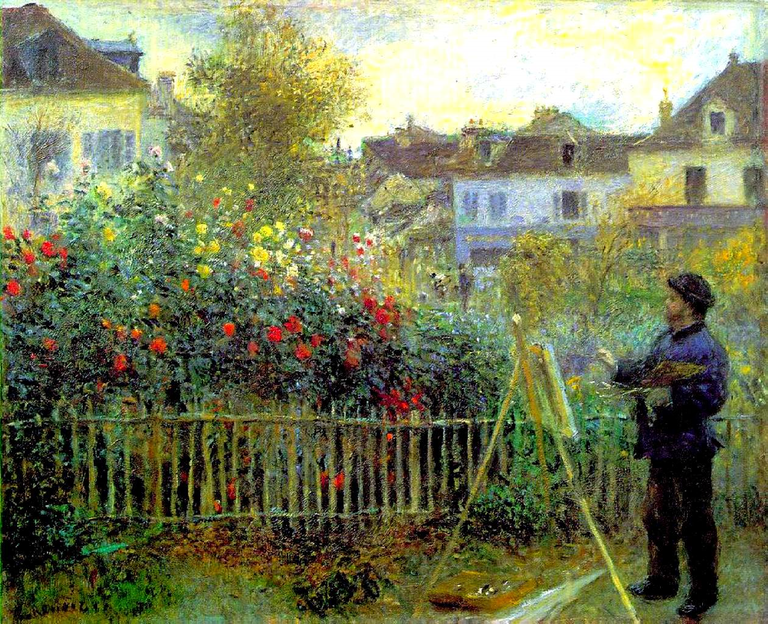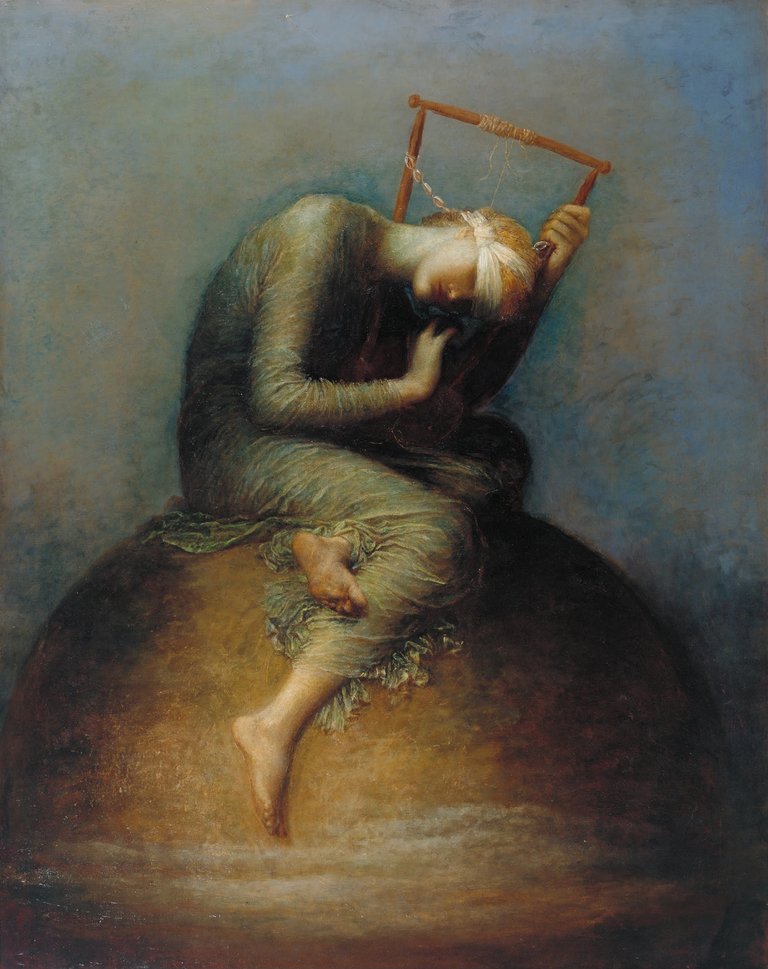
Source
The art of practicing, the art we all struggle at one point or the other in becoming fully masters of, but only end up frustrated in the end, the expectations we had for our future self none are met. Apparently, in order to achieve any type of success in any field one is involved in, not only putting in hours for practice but also learning how to practice in the correct way is necessary if not a must.
Turning towards Eastern philosophy and the great works of the philosopher Thomas Sterner, his book The Practicing Mind has insights which can help us in understanding the art of practicing in the correct way, thus helping us move towards mastery and success in any field we may see fit to explore, enjoying the journey while at it.
The Importance of Self-Discipline
It is not new to us that self-discipline is an essential skill to cultivate if we're going to accomplish anything of meaning in this life. With self-discipline we are in control of our energies, giving us the ability to focus them on specific tasks for extended periods of time. Without the crucial skill, we are nothing but victims of our environment – our attention becomes vulnerable to the onslaught of distractions that surround us in the modern-day.
As Sterner explains;
“ Of all the riches available to us in life, self-discipline is surely one of, if not the, most valuable. All things worth achieving can be accomplished with the power of self-discipline. With it, we are masters of the energy we expend in life. Without it, we are victims of our own unfocused and constantly changing efforts, desires, and directions. ”
Thomas Sterner, The Practicing Mind
Many theories and experiments have tried to solve the age-old questions why do some people have more self-discipline than others? And what can we do in our life to be masters rather than servants?
While reading The Practicing Mind, it becomes quite apparent that the lack of self-discipline is mainly contributed to by a lack of understanding and implementation of the core principles of the art of practicing.
Which of course leads to the ultimate question: what is the art of practicing? The other question being: where do we all go wrong when trying to put in the time to learn and master anything new?
The Art Of Practicing
We are all well versed of the initial enthusiasm and motivation that seems to be always present while starting out on a new venture. The end goal is clear at this point, and we can't wait to get there, but slowly as days turn into weeks, weeks into months, our motivation and enthusiasim dwindles, the process is no longer fun, it is rather full of pain and requires a lot of effort to keep at it, until we no longer can, quiting becomes more appealing than whatever the end goal.

Source
One cannot help but wonder what the root of this universal malady which afflicts us all is. Preventing us from achieving mastery and experiencing the joys of getting something done. Sterner argues that this is as a result of lack of self-discipline which is a result of lack of what he calls the “proper mechanics of practicing.”
The practicing mind is the mind engaged in the proper mechanics of practicing. It is at peace with the moment and fully immersed in the activity at hand. It is not impatient, nor anxious, worrying about whether progress is being made. The practicing mind is Zen-like. And paradoxically, it is when you’re not concerned whether you’re making progress that your ability to learn and hone your craft reaches its peak. Or as Sterner further explains:
“ It’s a paradox. When you focus on the process, the intended product takes care of itself with fluid ease. When you focus on the product of your effort, you immediately begin to fight yourself and experience boredom, restlessness, frustration and impatience. ”
Thomas Sterner, The Practicing Mind
Focus on the Process, and Not the Product
The Zen-like state:
There are activities which when we are execute them, our mind is at peace, activities such as hanging out with friends, writing short stories, playing favourite video game, we are not anxious of our improving skills, or upset for not having reached a certain skill level. It is during such times that we are fully immersed in the moment, everything feels effortless, and we can do it to no end. During such times the process is usually the goal, rather than becoming a master at the end. As Sterner points out, paradoxically when we make the process the goal, the end result seems to take care of itself.
Contrasting this with the attitude we often take when trying to execute that which we are yet to fully love, we make the end-result the goal. We see ourselves not as beginners who we really are, but as experts we are to be in the future, with which we get only satisfied by reaching the goal. During the practice process, every little mistake makes us tense, inturn becoming too hard on ourselves, spending rather precious time anxiously wondering if we’re ever going to reach the end-goal.

Source
Focusing on the product, doubt, anxiety, and frustration will always follow, as Sterner puts it, the end-goal only needs to be the rudder to keep us moving in the right direction:
“ In every moment of your struggle, by looking at the goal and constantly referencing your position to it, you are affirming to yourself that you haven’t reached it. You only need to acknowledge the goal to yourself occasionally, using it as a rudder to keep you moving in the right direction. ”
Thomas Sterner, The Practicing Mind
Sterner further explains:
“ When you let go of your attachment to the object you desire and make your desire the experience of staying focused on working toward your goal, you are fulfilling your desire in every minute and you are patient with the circumstance. There is no reason not to be. There is no effort or “trying to be patient” here. It is just a natural response to your perspective. This shift in perspective is very small and subtle on the one hand, but it has enormous freeing power. No task seems too large to undertake. Your confidence goes way up as does your patience with yourself. You are always achieving your goal and there are no mistakes or time limits to create stress. ”
Thomas Sterner, The Practicing Mind
Instant Gratification

Source
The unfortunate thing being, we live in a culture where instant gratification is the new normal. Whatever it is we want, we want it now – be it the latest iPhone, the newest clothing, or to master a specific skill, patience is no longer a virtue. But as Sterner notes, instant gratification results in short term satisfaction. We need to recognize that anything that can be bought or achieved with ease, will not bring much in the way of fulfillment, for as it easily came so will it easily depart us, and only leave us in more want than satisfaction.
Long term satisfaction comes from patience and working diligently at an activity, harnessing a skill, or working at our craft, finding joy in the process of practicing, and over time become masters in our chosen field.
“ We want the product and we want it now. Skip the process altogether and get to the product. We have become obsessed with having everything now. Credit card debt soars and ruins many people in this country because it feeds on this mindset of “get it now and pay for it later.” Credit cards work on the premise of product before process instead of the process first. This mentality only leads to a general sense of non-fulfillment and emptiness…You can recall everything you have worked hard and patiently for in your life, but how many things that you have attained with little or no effort can you remember? When we focus our energy on the process of attaining something, whether it be an object or a skill, and through patience and discipline we achieve it, we experience a joy that is just not present when something comes too quickly or easily. In fact, when we reminisce about whatever it was we were trying to acquire, the process is what comes to mind, not the object itself. We remember the mastery of our undisciplined nature, the patience and perseverance that we developed, and the joy and satisfaction we experienced then. ”
Thomas Sterner, The Practicing Mind
Impatience, an Indication of Lacking Focus
Impatience is a good metrics as to whether we’re focusing on the process or the final product is to become more aware of our level of impatience.
If we’re feeling patient and at peace with the moment, it indicates the focus being on the process, while those time we feel impatient and anxious, then in all likelihood we’re focusing on the final goal, and we need to shift back our focus on the process.
As Sterner puts it:
“ Experiencing impatience is one of the first symptoms of not being in the present moment, not doing what you are doing, and not staying process-oriented. ”
Thomas Sterner, The Practicing Mind
Applying the Ideas
For those who are serious about honing their skill in any particular field or craft, The Practicing Mind is a great a great recommendation. Sterner communicates not only of ideas which have real-world applicability, but also can be integrated into ones own life to help one master the art of practicing.
As he summarizes:
“ In summary, it comes down to a few simple rules. Keep yourself process-oriented. Stay in the present. Make the process the goal and use the overall goal as a rudder to steer you efforts. Be deliberate, have an intention about what you want to accomplish, and be aware of that intention. Doing these things will eliminate the judgments and emotions that come from a product-oriented or results-oriented mind. ”
Thomas Sterner, The Practicing Mind
Cheers! ✌️